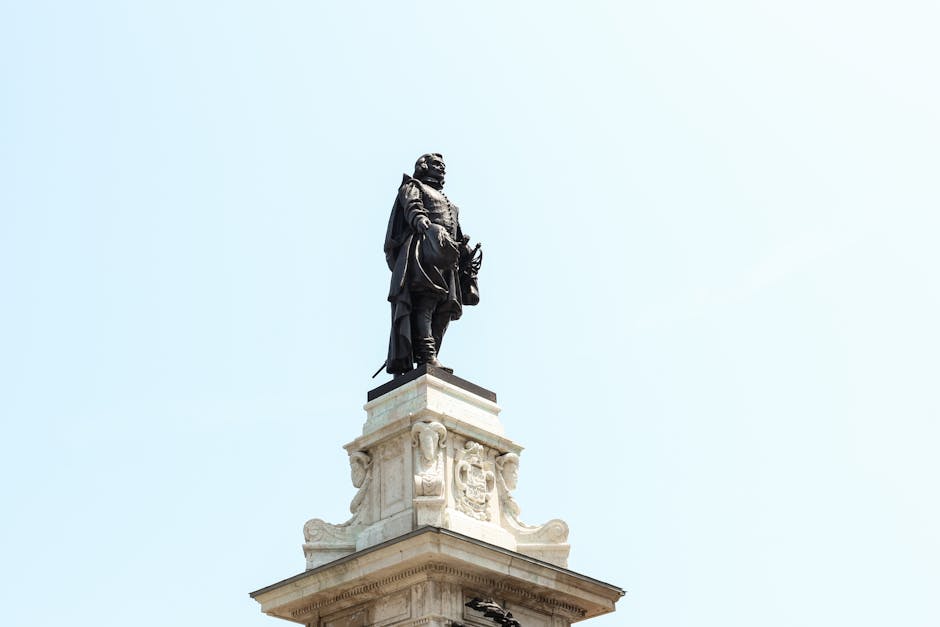The History and Future of Chicago’s Public Transportation
Chicago, often referred to as the “Windy City,” is renowned for its stunning skyline, deep-dish pizza, and vibrant culture. But lurking behind these iconic images is a robust, intricate public transportation system that has played a pivotal role in shaping the city’s identity. From its historical roots to its future ambitions, let’s delve into the fascinating journey of Chicago’s public transportation.
Table of Contents
1. The Birth of Chicago’s Public Transit
2. The Rise of the ‘L’ Train
3. The Evolution of Buses and Streetcars
4. Challenges and Triumphs
5. The Future: Innovations on the Horizon
6. Frequently Asked Questions
The Birth of Chicago’s Public Transit
Chicago’s public transportation story begins in the mid-19th century. The city was rapidly expanding, and the demand for a reliable transit system grew alongside its population. In 1859, Chicago’s first public transportation, the horse-drawn omnibus, began its operations, marking the humble beginnings of what would evolve into a vast network.
The advent of the cable car in the late 1800s further revolutionized Chicago’s transit landscape. These cars were a technological marvel at the time, paving the way for more efficient urban mobility. As Chicago continued to grow, so did the public’s reliance on these early transit systems, setting the stage for the next big leap.
The Rise of the ‘L’ Train
Arguably the most iconic feature of Chicago’s public transportation is the elevated train system, affectionately known as the ‘L’. The first elevated railway line, the Lake Street Elevated, commenced operations in 1892. 🚆 This innovation not only alleviated traffic congestion but also connected distant neighborhoods to the bustling city center.
The ‘L’ system grew rapidly, integrating various lines and introducing new routes to accommodate the city’s expansion. Its distinctive elevated tracks became a symbol of Chicago’s urban landscape, offering commuters a bird’s-eye view of the city. The ‘L’ has been instrumental in shaping Chicago’s urban development, influencing where people live and work.
The Evolution of Buses and Streetcars
While the ‘L’ dominated the skyline, Chicago’s streets were buzzing with streetcars and buses. Streetcars, which initially ran on horse-drawn tracks, were electrified by the early 20th century, enhancing speed and efficiency. 🚋
As automobiles became more prevalent, buses emerged as a flexible alternative to streetcars. The Chicago Transit Authority (CTA), established in 1947, played a crucial role in modernizing and integrating the city’s transit systems. Buses began to replace streetcars, offering routes that could easily adapt to traffic patterns and urban growth.
Challenges and Triumphs
Like any major urban transit system, Chicago has faced its share of challenges. From financial constraints to maintaining aging infrastructure, the city has had to continuously adapt. Yet, through public and governmental support, Chicago’s transit system has managed to overcome many hurdles.
Efforts to improve accessibility, reduce emissions, and enhance user experience have been ongoing. Initiatives like the Ventra card system have simplified fare payments, while investments in infrastructure have aimed to reduce delays and improve safety.
The Future: Innovations on the Horizon
Looking ahead, Chicago’s public transportation is poised for exciting developments. With a focus on sustainability, the city is investing in electric buses and energy-efficient systems. Additionally, plans for expanding the ‘L’ network and improving commuter rail services highlight a commitment to meeting the needs of a growing population. 🚀
Emerging technologies like real-time tracking and mobile apps are set to enhance the commuter experience, making travel more efficient and user-friendly. Chicago is also exploring the potential of autonomous vehicles and smart city integrations to further revolutionize its transit landscape.
Frequently Asked Questions
1. What is the ‘L’ in Chicago?
The ‘L’ refers to Chicago’s elevated train system, a key component of the city’s public transportation network.
2. How can I pay for public transportation in Chicago?
The Ventra card system allows for easy payment on buses and trains, offering both physical cards and mobile app integrations.
3. What are some future plans for Chicago’s public transportation?
Future plans include expanding the ‘L’ network, adopting electric buses, and integrating advanced technologies like real-time tracking for a better commuter experience.
Chicago’s public transportation is more than just a means of getting from point A to point B. It’s a living, evolving entity that reflects the city’s spirit and ambition. As we look to the future, it’s clear that Chicago will continue to innovate, ensuring that its transit system remains a cornerstone of urban life. 🌆


